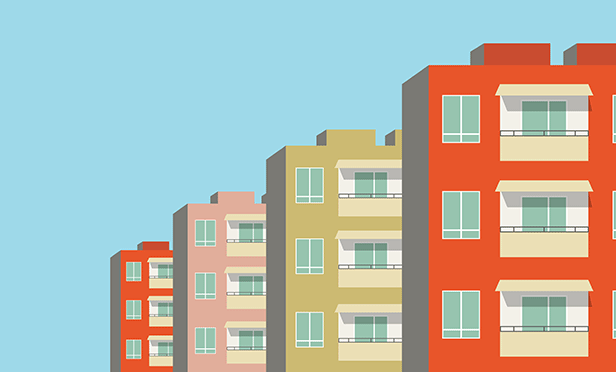© 2025 ALM Global, LLC, All Rights Reserved. Request academic re-use from www.copyright.com. All other uses, submit a request to [email protected]. For more information visit Asset & Logo Licensing.
Trending Stories
Events
- GlobeSt. Multifamily Spring 2025 April 01, 2025 - New YorkJoin the industry's top owners, investors, developers, brokers & financiers at THE MULTIFAMILY EVENT OF THE YEAR!More Information
- GlobeSt. Net Lease Spring 2025 April 01, 2025 - New YorkThis conference brings together the industry's most influential & knowledgeable real estate executives from the net lease sector.More Information
- Real EstateGlobeSt. ELITE Women of Influence (WOI) 2025July 21, 2025 - DenverGlobeSt. Women of Influence Conference celebrates the women who drive the commercial real estate industry forward.More Information
Recommended Stories
Multifamily Absorption to Slow in 2025 After Surging Past Forecasts Last Year
By Kristen Smithberg | March 27, 2025
Absorption is typically closely tied to new job creation.
Economists Warn of "Stagflation-Light" as Inflation Persists and Growth Slows
By Erik Sherman | March 27, 2025
It seems unlikely that the 1970s version will reappear, but the potential impact is still painful.
Lumber Prices Hit Their Highest Levels Since the Pandemic
By Erik Sherman | March 27, 2025
Tariffs, seasonal demand, and supply constraints drive softwood prices.
Resource Center

Guide
Sponsored by Placer.ai
The Return to Office: Recovery Still Underway
Are you noticing unexpected shifts in office occupancy and commuter behavior? This report reveals how evolving work patterns are challenging CRE brokers and offers crucial, data-backed insights for 2025. Discover a detailed analysis of office visit fluctuations, an in-depth look at midweek work trends, accurate forecasts for market recovery, real-world examples to inform strategic decisions, and actionable metrics to guide client advising. Download your copy today!

Report
Sponsored by Building Engines
The State of Commercial Property Management Technology in 2025
Commercial property teams are navigating changing times where technology plays a crucial role in operations, tenant satisfaction, and sustainability. This report, based on insights from 370 industry professionals, reveals the biggest priorities, challenges, and opportunities for CRE technology adoption in 2025. Don’t miss it.

White Paper
Sponsored by Placer.ai
10 Top Retail Brands To Watch in 2025
Discover which 10 retail and dining brands are positioned for potential growth in 2025, and three surprise contenders that could make a major impact.





